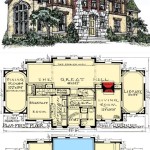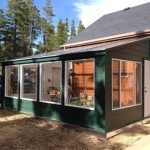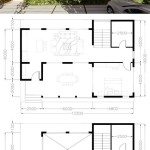Essential Aspects of Insulated Cat House Plans
Providing your feline friend with a cozy and secure shelter is crucial, especially during harsh weather conditions. Insulated cat houses offer exceptional protection against cold and heat, ensuring your cat's comfort and well-being. If you're considering building your own insulated cat house, here are some fundamental aspects to consider when creating your plans:
1. Size and Dimensions
Determine the appropriate size for your cat's needs. The cat house should be large enough to allow your cat to move around comfortably but not so large that it becomes difficult for the cat to maintain its body heat. Consider the cat's body size, as well as the number of cats that will be using the house. Plan for adequate height and width, and ensure the entrance is large enough for easy access.
2. Materials Selection
Choose materials that provide efficient insulation and withstand outdoor elements. Wood is a popular option for its durability and insulating properties, but it requires proper sealing to protect it from moisture. Alternatively, insulated foam panels provide excellent thermal resistance and are relatively easy to work with. Consider using a combination of materials, such as insulated foam with a wooden exterior, to achieve optimal insulation and longevity.
3. Insulation Effectiveness
The main purpose of an insulated cat house is to protect your cat from extreme temperatures. Choose insulation materials with high R-values, which indicate their resistance to heat flow. Common materials used include fiberglass, polystyrene foam, and rigid foam insulation. Ensure that the insulation is thick enough to provide adequate protection without compromising the overall size of the cat house.
4. Ventilation and Airflow
Ventilation is crucial to prevent condensation and ensure proper air circulation within the cat house. Plan for ventilation holes or vents in the walls or ceiling. The vents should be designed to allow for airflow without compromising the insulation's effectiveness. Adequate ventilation will help regulate temperature, prevent odors, and improve the cat's overall comfort.
5. Weatherproofing
Protect your cat from moisture and wind by weatherproofing the cat house. Seal all seams and joints with caulk or weatherstripping to prevent drafts or water penetration. Consider adding a sloped roof or drainage system to prevent water from pooling on the top of the house. If using wooden materials, apply a waterproof sealant or paint to protect it from the elements.
6. Entryway Design
The entrance to the cat house plays a significant role in its insulation efficiency. Create a smaller entrance with a flap or curtain to minimize heat loss. Consider adding a small porch or enclosed area near the entrance to provide an additional buffer against the elements. A sheltered entryway will help prevent wind and rain from entering the cat house, ensuring your cat's comfort.
7. Safety Features
Ensure that the cat house is safe for your pet. Use non-toxic materials and avoid sharp edges or protrusions. The materials should not release harmful chemicals or splinters that could injure your cat. Provide a secure entrance point with no gaps or openings that could allow other animals to enter.
By considering these essential aspects when creating your plans, you can build an insulated cat house that provides your feline companion with a warm, cozy, and secure shelter during all seasons.

Outdoor Cat House Plans Unfinished Insulated With Heater Insulatedcathouse Feral

15 Diy Outdoor Cat House Plans For Feline Shelter

15 Diy Outdoor Cat House Plans For Feline Shelter

Insulated Cat House Plans Myoutdoorplans

Insulated Outdoor Pet House With Platform Cat Shelter Diy

Cat House Plans Insulated Diy Feral

Cat House Roof Plans Myoutdoorplans

Outdoor Cat House Plans Howtospecialist How To Build Step By Diy

Free Insulated Cat House Plans

How To Build An Insulated Cat House Howtospecialist Step By Diy Plans








